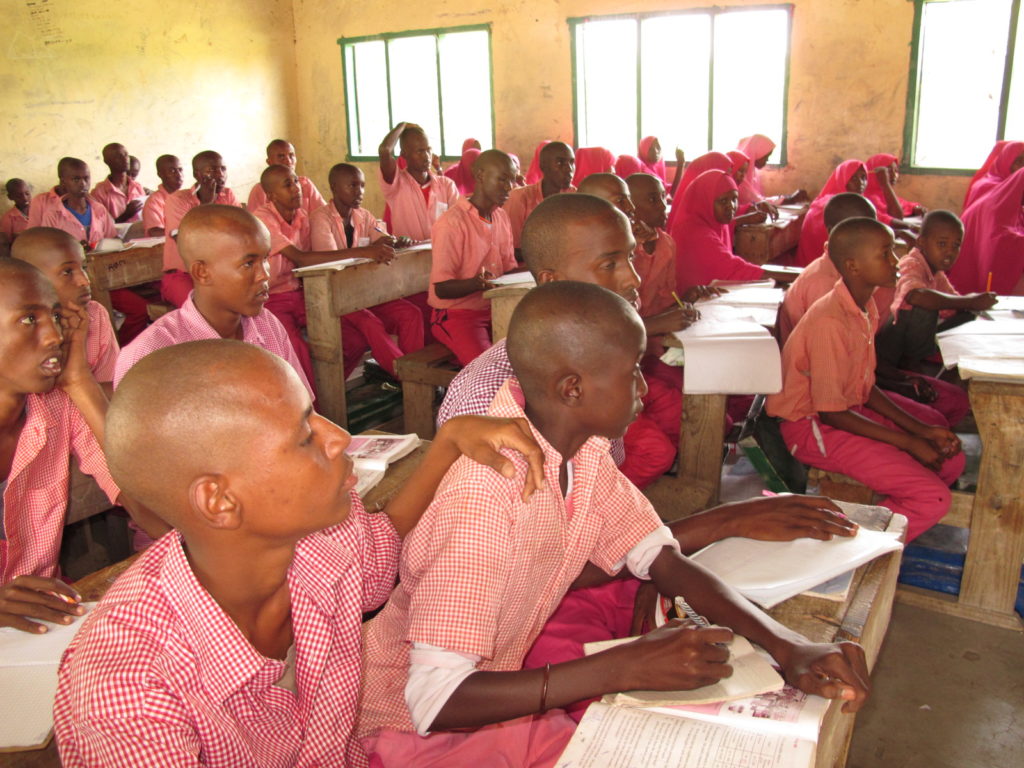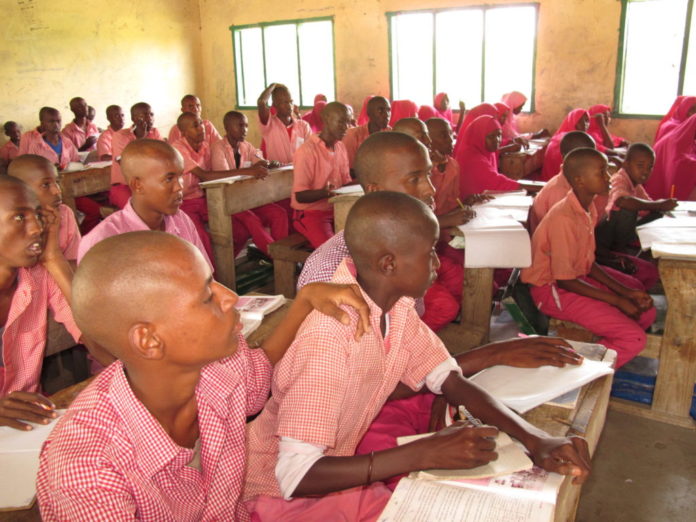By Winnie Kamau
The Education industry has changed rapidly with the advent of technology to ensure learners get quality education. The change can be felt by parents who have their children enrolled in the new Curriculum, Competency Based Curriculum (CBC) 2-6-3-3.
The new curriculum is taking shape following the various Education Systems that have been rolled out in Kenya since it gained her Independence in 1963. Now, lets take you down the memory lane.

The first curriculum was rolled out in 1967 which was the East African Community Education System famously known for the 7-4-2-3 System. The Curriculum was based on the newly formed East African Community (EAC) pact between Kenya, Uganda and Tanzania as one community with shared ideologies that were each rolled out in the individual countries. The education system was one that was shared among the three countries.
Here, students would study for 7 years in Primary School and would attain the East African Certificate of Primary Education (EACPE). There after the student would be enrolled for Secondary school and after 4 years one would sit for the East African Certificate of Education Examination (EACE).
For 2 years one was enrolled at the East African Advanced Certificate Education (EAACE) where if one passed they were eligible to join University or College.
For those who joined University would study for 3 years and this would culminate the achievement of the 7-4-2-3 System.
According to Wikipedia, with the collapse of the East African Community in 1977, Kenya continued with the same education system but changed the examination names from the regional identity to a national identity.
The East African Certificate of Primary Education became the Certificate of Primary Education (CPE), The East African Certificate of Education became the Kenya Certificate of education (KCE) and the East African Advanced Certificate of Education became the Kenya Advanced Certificate of education (KACE).
In a report done by the Late Professor George Eshiwani a former Vice Chancellor of Kenyatta University for the World Bank showed the most important proposals that have been implemented are: establishment of various institutions in the educational system, including support services; achievement of universal free primary education; and the restructuring of the system from 7-(4-2)-3 to 8-4-4.
According to Eshiwani, the latter had a far-reaching impact on the whole system: there has been a significant change in the curriculum, emphasis being placed on technical and vocational skills. According to the Universal Primary Education (UPE) meant that more children in Kenya go to school than at any other time. As per the World Bank Report nearly 5 million children in the primary school alone, representing 25% of Kenya’s population had enrolled. Many institutions had been established to cope with the exponential expansion of the system. For example, between 1984 and 1985 alone, the Government established two Universities and a University College.
Professor Eshiwani in his report dubbed Implementing Educational Policies in Kenya which was published in 1990 noted that the educational policies that Kenya had pursued during the past two decades had resulted into greater access to schooling especially at the primary school level, for its youth. One group that had realized a significant access to schooling was women. The proportion of girls attending primary school had dramatically risen from 341 in 1963 to near-parity in 1986; at secondary school, the proportion had risen from 32% to over 40% over the period.
However, at the University and other institutions of higher learning the proportion was still very low. Statistics on education show that regional disparities still exist despite the excellent national record. The semi-arid areas, the parastatic areas and areas where the Muslim religion is predominant had lagged behind other areas in education.
Several Commissions had been set up and Taskforces to look into the Education System in Kenya including the Gachathi Report and Ominde Report before the Mackay Report which recommended a new System.
The recommendation of the Mackay Report (1981) was to introduce an 8-4-4 system of education launched by the then President Daniel arap Moi in 1985. This was an entirely new structure with a curriculum which was technically and practically oriented. New subjects such as Kiswahili, music, arts and crafts, and home science were introduced.
This meant 8 years of Primary education with numeracy and literacy skills offered in the first six years. Basic education with practical orientation would be offered in the last two years of Primary education.
4 years would be spent in High School and 4 years in University with a push of more technical and science oriented subjects in the 8-4-4 System as per the recommendations of the Mackay Report.
But in the recent past education quality has received a lot of attention in Kenya. The government’s main document in this effort, the Kenya Education Sector Support Programme (KESSP) 2005–2010, established the National Assessment Centre (NAC) to monitor learning achievement. In 2010, the NAC released the results of its first assessment.
In 2009, in collaboration with the NAC, Uwezo Kenya conducted an assessment of the basic literacy and numeracy skills of children ages 6–16. The Annual Learning Assessment (ALA) reached villages in 70 out of 158 districts in Kenya and assessed nearly 70,000 children in their homes. The ALA was set at a Standard 2 level, which is the level where students are supposed to achieve basic competency in reading English and Kiswahili and complete simple arithmetic problems.
The Key findings showed that 85% of Class 2 pupils could barely read a paragraph in English, 23% could barely read a paragraph in Swahili and 79% cannot do Subtraction in Maths.
The literacy levels were really low since the 8-4-4 system was found wanting and there was urgent and dire need for a new Curriculum that was based on the Competency and the skills of the students. The new curriculum CBC was designed by the Kenya Institute of Curriculum Development (KICD) and was launched in 2017 and it is designed to develop skills and knowledge and also applying the competencies to real life situations.













